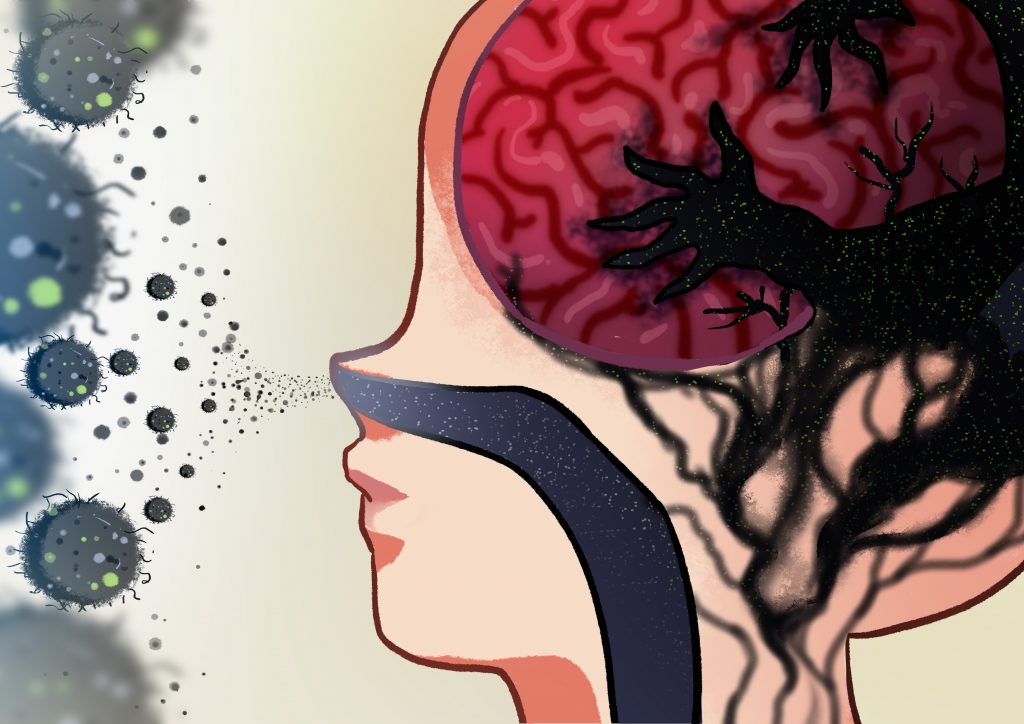Researchers find PM 2.5 dust linked to Alzheimer’s disease


If we live in a big city, when we look out the window in the morning, we may not be able to tell whether the blurry view is due to fog or dust. The dust that is currently of interest is probably PM 2.5 dust.
Where does the term PM 2.5 come from? And how does it occur?
PM stands for Particulate Matter, which are small dust particles suspended in the air. The number 2.5 is the diameter of the particle, which is 2.5 microns (about 30 times smaller than the thickness of a human hair).
The sources of this dust are vehicle exhaust pipes, factory chimneys, construction, cigarette smoke, forest fires, or even volcanic eruptions.
Because this dust is small and can be suspended in the air for a long time, it can be blown by the wind to other places.
Dust can enter the body through the respiratory tract. Therefore, we may receive a lot of this dust if we live in a big city with polluted air. The real problem is that PM 2.5 dust is so small that it cannot be captured by nose hairs, causing this dust to leak into the lungs and circulatory system and pass on to other systems in the body. People with respiratory diseases such as asthma or allergies may experience flare-ups when exposed to enough PM 2.5 dust.
Recently, in late November 2019, research indicated that PM 2.5 dust is associated with brain atrophy, as well as an increased risk of Alzheimer’s disease and memory loss! Researchers studied 998 women aged 73-87 by scanning their brains and collecting data about the environment in the area where the sample group lived to estimate how much PM 2.5 each person was exposed to.
These data led researchers to find a relationship between pollution exposure, brain changes, and memory, concluding that long-term exposure to PM 2.5 affects the brain and memory, as well as increasing the risk of Alzheimer’s.
The reason PM 2.5 dust affects the brain may be because it can circulate through the bloodstream and enter the brain to stimulate the formation of amyloid plaques, a substance that, when accumulated in the brain to a certain point, can cause symptoms of Alzheimer’s disease.
Not only Alzheimer’s, there are also many studies that show the relationship between PM 2.5 exposure and other brain and nervous system diseases.
Therefore, if we live in a city with high pollution and are at risk of being exposed to this dust, the fastest thing we can do (although it is not a root cause or sustainable solution) is to protect ourselves by wearing a dust mask that can filter small dust particles, including using an air purifier and don’t forget to remind everyone to wear a mask before leaving the house on days when the dust level exceeds the standard.
As for solving the root cause, it should be reducing construction work during periods when the dust level is high, being strict about pollution emissions from industrial plants,
including trying to support the use of public transportation in large cities as much as possible by increasing the quality of buses to be attractive, safe and not emitting black smoke.
Article by Acharnworong Chantamas
References

